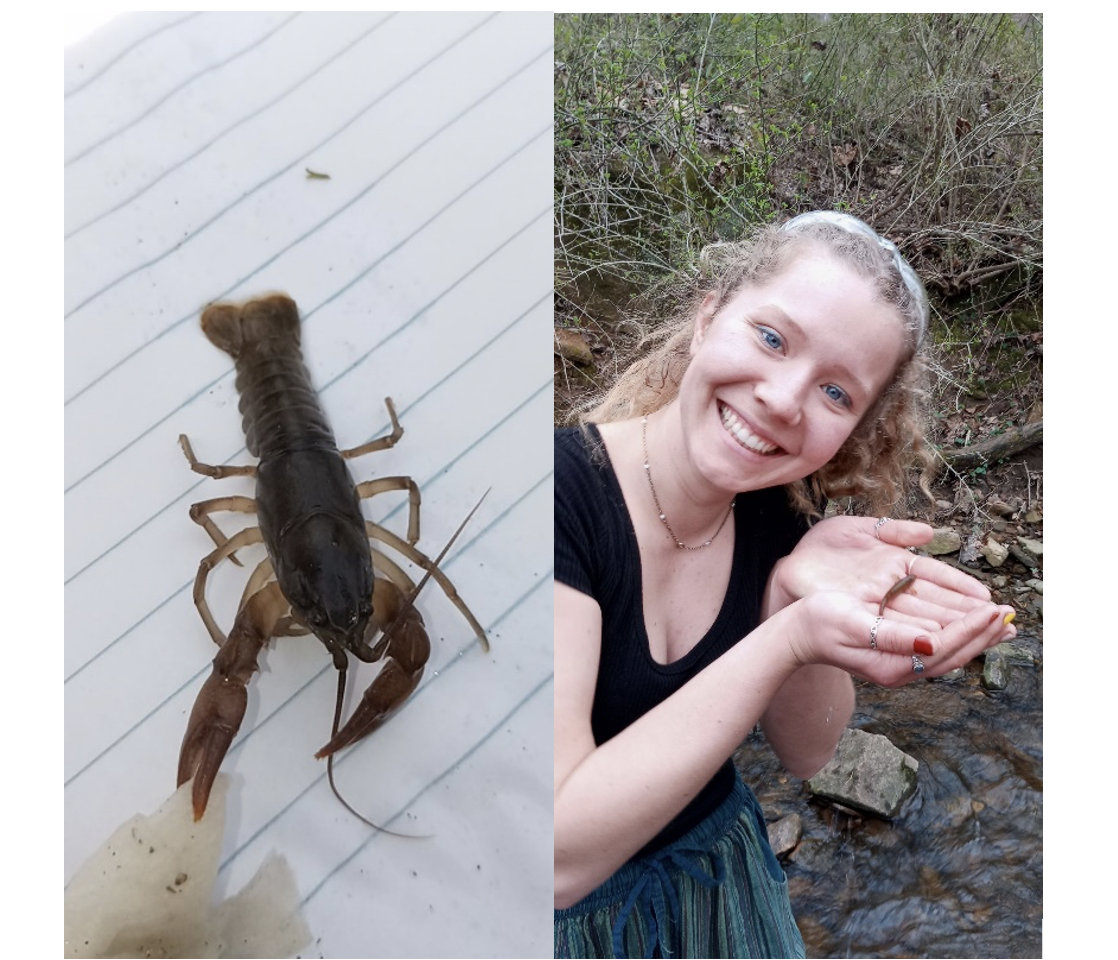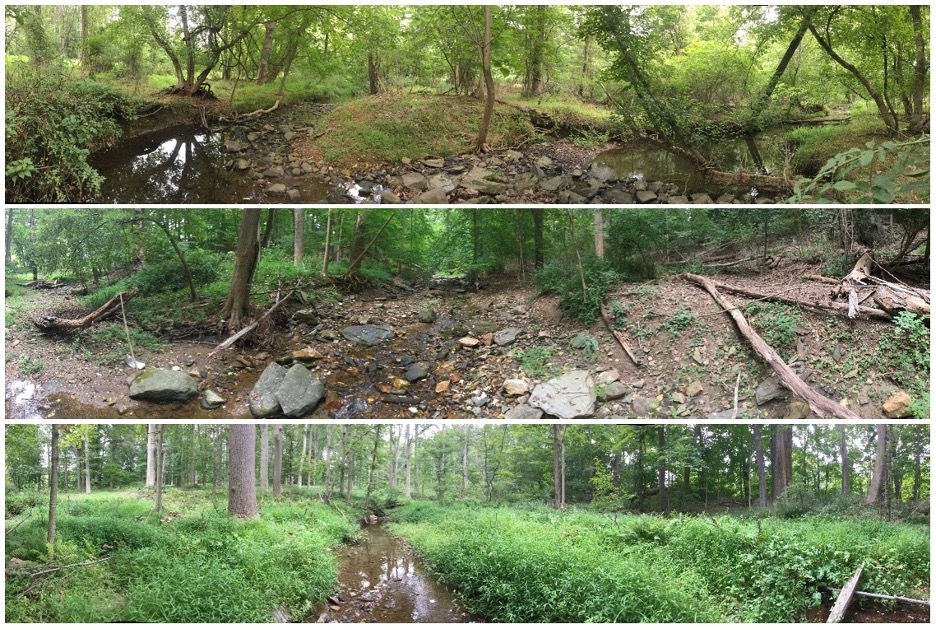By: Philip Gilbert
Shuffling around in a shallow stream in a rhythmic minute-long, square-meter, “Mr. Blue Sky” frenzy, I am a peculiar blur to post-work Tuesday commuters… and I am not crazy. I reassure myself of this—hair thrashing, molars flashing.
These are the tree-lined streets and winding creeks I’ve come to know personally and professionally. In some places of this parceled suburban matrix, it’s hard to feign amazement at water’s defiance of boundaries. Yet, this audacity emerges elsewhere only in torrential blips on a precipitation record. It is surely more often us humans who have transgressed boundaries.
Fortunately for me, this disconnection from the water cycle has dried out. On a stormy day, I watch the water flow down the tree trunks, pavement, and hillsides, infusing this trickling landscape with its lifeblood. On a sunny day, I find myself here, in the creeks, studying.
Inspired by the variance in land cover/use of this suburban watershed, and enabled by the Wrigley Institute’s Environmental Award program, my childhood stomping grounds became my workplace.
My current research project assesses the impact of land cover/use composition within subwatersheds on the bio-integrity of related tributaries. Using abiotic water quality data, sampling of macroinvertebrate assemblages, and field surveys and GIS analysis of riparian buffers, I am exploring the relationships between dominant land use/cover types (commercial, residential, forested, and agricultural) and stream ecosystem health.

An Appalachian brook crayfish (Cambarus bartonii) (left) and my field assistant (Homo jillius) holding a minnow (sp. unknown) (right).
Though the data analysis is ongoing and will need to be supplemented with annual datasets, I have established a baseline data-driven profile of my hometown waterways, which will help direct local stream stewardship and refine my conceptualization of future landscape-scale watershed practices.
This research and my studies at USC have emphasized the importance of investigating watersheds spatially, socially, and temporally, as complex, modelable systems. This framework strives for what is necessary for policy-backed change. Though, a certain poetry is missing.
Too often, we are removed from the water cycle, and when we are not, we act towards containment, contamination, and commodification. This may not always be the case, but the actions of few cannot replace the actions of many. Such disconnection demands a reckoning with and recertification of cultural values. We must become fluent in the poetry of the watershed.
In these meandering intact riparian corridors, a mystical timelessness sanctifies the seaward flow. An awareness of woodland lucidity takes root: to control is not to value. Rather, exhibiting self-control, seeking understanding, and extending belonging are invaluable actions, key to our future in this hydrosphere.
Summer Award made possible by the Bauer Family Endowed Scholarship Fund.


